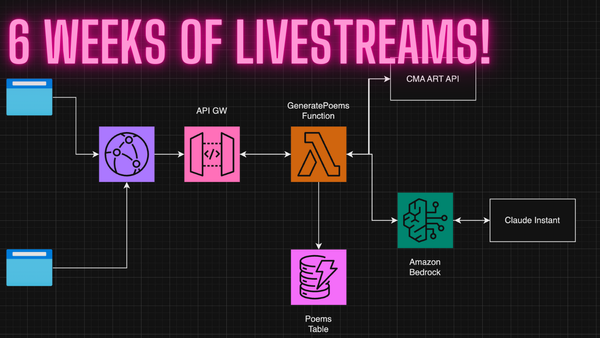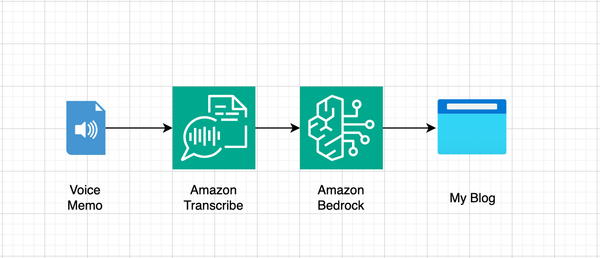Today I Learned

I’m starting a new mini-series on here. It’s called “Today I Learned.” I was recently reading “What to blog about” by Simon Willison, where he talks about writing his own TIL posts, and it occurred to me that this is what I should also be doing. Like Simon, I feel like I learn something new just about every day, so writing down some of these in short form blog posts might be a nice way to help crystalize things as I go.
It’s also a really nice way to keep things moving with my writing. I often find myself waiting to write because the topic has gotten too big in my mind and I never feel like I have the time to sit down and work through it all. With the TIL format, it’s much lower friction to get something written and published.
I used to do this in the form of a daily journal. That practice has changed dramatically over the course of the last two years. These days, I tend to keep more of a daily log of what I am working on and who I am working with. It’s more of a way to remind myself where I am in various conversations throughout the year.
What I am thinking is, TIL will be short form, usually less than 500 words, and will typically be more tech focused. Because of the higher frequency of these posts, I’ve set up a second newsletter in case you don’t want to receive every one of these in your inbox. If you already receive my newsletter, you’ve been opted-in already, but you can easily opt out by going to your account settings and unsubscribing. The choice is yours!
All my TIL posts will be permanently open to the public, and you will be able to read them all right here as well. And yes, there will usually be an unrelated photo at the top!
Here’s the first one!
Experimenting with Amazon Athena
Lately I’ve been working on a project that makes extensive use of Amazon Athena. Before this project, I didn’t have much experience with Athena, but now I do, and I have to say, Athena is awesome!
Athena basically allows anyone to query data stored directly on Amazon Simple Storage Service with SQL. This is really nice, because you don’t need to worry about loading your data into a database, or spinning up servers and compute resources at all. Athena is completely Serverless, so it’s just sitting there, waiting to be used.
What I really love about Athena is that it can easily connect to a wide variety of common data sources. Besides data sitting in an S3 bucket, Athena can pull data from Amazon DynamoDB, Amazon Redshift, PostgresSQL, MySQL and many other sources.
For my project, I used Athena to connect directly to a TPC-DS data generator. TPC-DS is a “decision support benchmark” which can be used to generate millions of rows of sample data for a wide variety of purposes. Since TPC-DS is pre-configured as a third-party connector for Athena, it’s super easy to set up.
Once configured, TPC-DS simply uses an AWS Lambda function to generate data and run queries right from within Athena.
For example I used theTABLESAMPLE SQL function to sample 10% of the rows of the customer table in the TPC-DS-10 dataset. This resulted in a sample database of 50,000 fake email addresses that I could use as part of another overlapping dataset for my project.
SELECT * FROM "tpcds10"."customer" TABLESAMPLE BERNOULLI(10)


